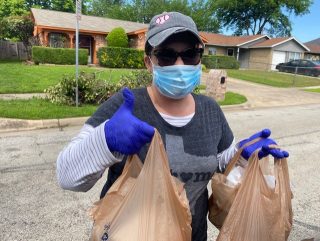
With the ever-growing presence of technology in our world, social media is something that should not be overlooked. It should actually be at the forefront of your business, giving people an idea of what you are all about and hopefully prompting them to become customers! Whether you are skeptical about the use of socials to generate business or have an active presence on all platforms, there is something to be learned for everyone! Here are some ways you can boost your business on social media:
Engage in Comments Timely
Simply put, you want engagement! Facebook and Instagram use this as a primary factor when determining what to display. Posts that have more comments are displayed more prominently within feeds and pages. Also note that the faster you respond, the more likely others will too, which can spark a conversation and increase engagement. Some companies employ a social media monitor whose primary focus is to react timely to comments.
Measure On-Platform and On-Site Success
Google Analytics is an excellent tool to see if your social media strategy is measuring up. It tracks follower growth, engagement, distribution, and on-site performance. Analytics also measures on-site behavior, so you can see the average time a user spends on your website.
Improve Search Engine Ranking
Good news- social media can improve your search engine ranking! When your social media share rate increases, your domain authority increases! This leads to an improved search engine ranking. Hence, more visits to your socials will also increase your social media page ranking, improving your chances of being one of the top ranked pages.
Drive Traffic
Relying on only your network to drive traffic is completely nonsensical! Social media expands your brand reach and generates traffic organically. If you don’t have a profile yet, create one and use it to share customized content. You want to make sure your audience can seamlessly share your content!
Conclusion
Using social media to boost your business is as important, if not more important, than other business-boosting tasks. Front Porch has provided these tips as a way for you to dive deeper into your social strategy. We want to see you succeed with your socials!












